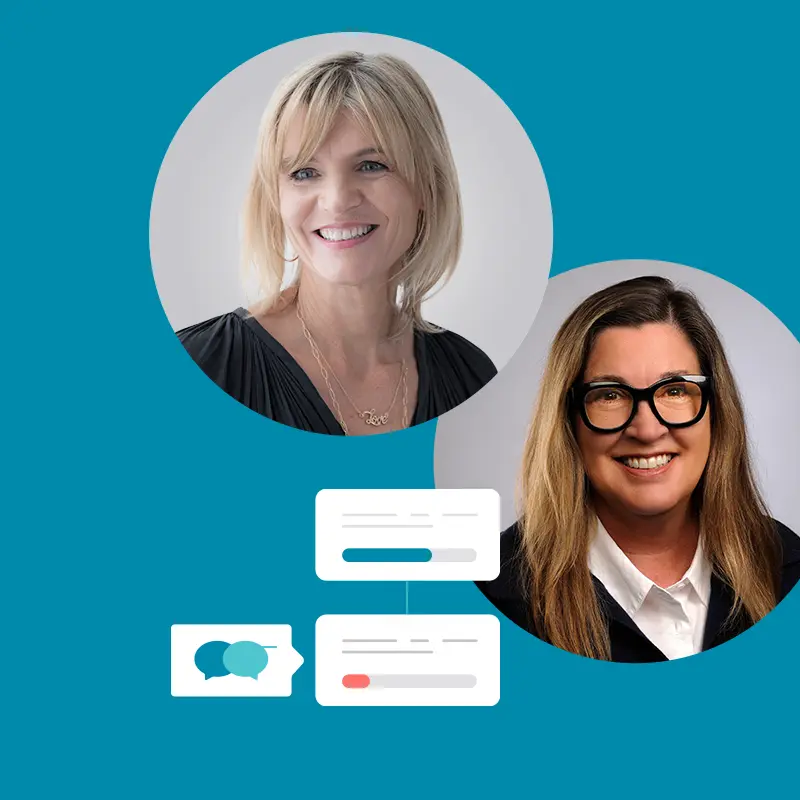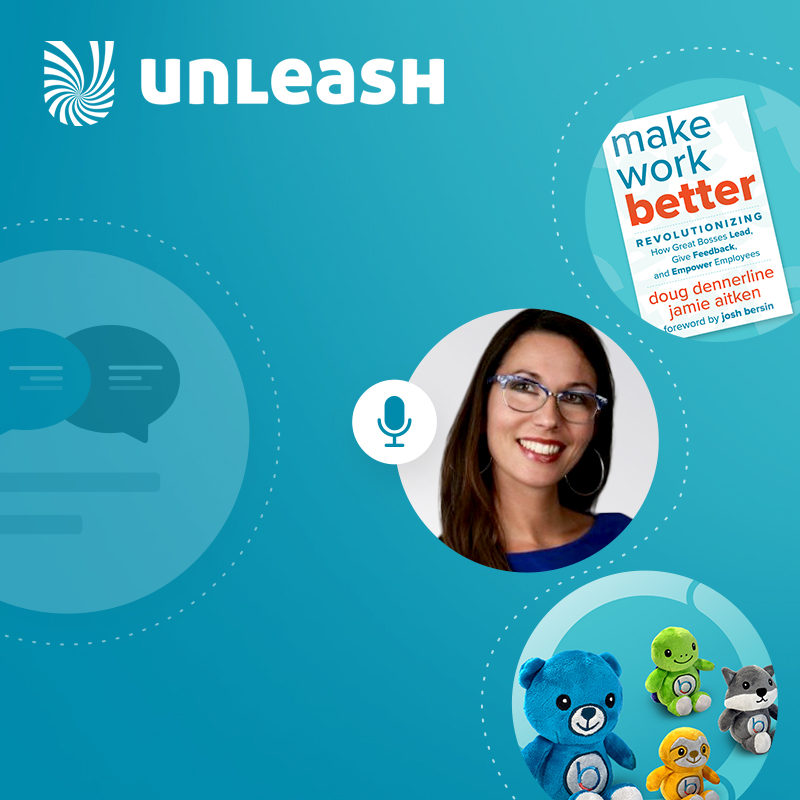OKRs provide the focus your employees need to work with purpose. OKRs (“objectives and key results”) provide a goal-setting framework to keep your workforce’s efforts and energy aligned towards business priorities. Although an OKR framework is designed to support business priorities, it can enable the personal development of individual employees as well.
OKR thought leader and Measure What Matters author John Doerr uses the OKR framework in both his professional and personal life. It makes sense: Setting intentional, strategic OKRs helps teams work with greater purpose. At the same time, OKRs can help individuals set personal development goals and track progress towards them over time.
Here’s how to set OKRs that drive forward both the business and personal learning and development.
Understand All the OKR Benefits
OKRs are designed to align the workforce, from the C-suite to the frontlines, on company priorities. Derived from the business strategy, these priorities provide direction and ensure all employees share a common orientation when setting individual objectives.
Ideally, there will be one to three objectives per person per quarter. If an employee pursues too many objectives, they risk diluting their efforts and not driving any change at all. It also provides the potential for personal development. With fewer objectives, employees can approach the goals deliberately and strategically so they not only achieve each objective but fully process the learning outcomes from completing them.
OKRs fall into two categories: committed and aspirational. Committed OKRs are related to operating goals that must be finished within a stated time frame. They aren’t negotiable and must be completed as stated. Team OKRs often fall into this category and are typically cascaded from the business strategy to the team level.
Aspirational OKRs look at the bigger picture, often connecting individuals to a larger purpose (such as a commitment to sustainable practices). At least one OKR per quarter should be aspirational. Aspirational OKRs should be realistic, but they don’t have to be confined to a time frame and can be moved from quarter to quarter as necessary.
Individual OKRs with ambitious goals can push an employee to learn a new skill or take on new tasks. Encourage employees to be very deliberate about potential personal benefits when writing their personal OKRs.
Written OKRs should outline tangible benefits to both the company and the person with ownership over the objective. This enables the individual to pinpoint the value of the OKR for their learning and development. Being intentional about the purpose of each objective and what an employee can learn by achieving it allows them to be fully leveraged. Managers should help employees look ahead, so they can recognize benefits they may have failed to anticipate.
Set OKRs for Learning and Development
Intentional goal setting helps employees identify specific learning outcomes from each of their OKRs. Employees can also set performance objectives that deliberately align their learning and development with business priorities.
This offers significant benefits for both parties. Overly cascaded goals can be prescriptive. Committed OKRs run the risk of discouraging an employee’s choice and creativity when setting goals. By letting employees see organizational priorities and fill in their own goals, with a little strategic thinking it’s possible to craft OKRs that offer progress on two fronts.
How do you create OKRs with these dual benefits? One approach is to have employees, in collaboration with their managers, determine the skills and traits they will need to drive business results. They should look past the company’s immediate priorities for the quarter to see its 3-5 year strategy.
Take the company’s talent strategy and workforce plan into account as well. Employees can then set OKRs for personal development that align with larger strategic imperatives.
Employees should also collaborate with their managers to identify one objective per quarter that produces specific learning outcomes aligned to talent strategy. A future-oriented OKR with intentional learning outcomes helps employees attain the traits and skills they need to remain viable and competitive in the labor market.
Ideally, the tasks required to achieve the objective should produce a specific, targeted learning outcome. For example, completing the OKR might involve taking on a new responsibility within the team, or leading team members in a daily huddle. Since this OKR is for personal learning and development, it can be classified as an aspirational goal, giving the employee more flexibility in achieving it.
Reach for Goals You’re Passionate About
To maximize personal learning and development, encourage employees to set OKRs that give them exposure to roles or tasks they’re interested in. More than interested, actually: Ideally, these should genuinely excite them. When employees are passionate about doing the work to achieve their objectives, they’re more likely to be curious and motivated, which produces the best learning outcomes.
Indeed, passion is key to fostering an engaged and productive workforce in general. A superb way to produce passionate employees is by making certain they play a prominent role in guiding their own futures. When employees are empowered to work with managers to shape their personal career trajectory, businesses get the best work out of those employees. An employee who feels they’ve found their purpose is one who can reach their full potential.
By letting employees set their own OKRs, they get to direct their individual learning and they are provided the opportunity to explore how they can best support the business. The chance for experimentation with different tasks across the organization enables them to discover their ideal fit, where they can feel most fulfilled while best benefitting the business.
Setting OKRs should start with business goals. An ideal OKR moves the needle on business priorities while also allowing for individual learning. Supervisors play a crucial role in making this possible. They should be trained to help employees set OKRs for personal development that aligns with their career goals. A personal aspirational objective might be to cross-train or learn a new skill that can be applied to driving business priorities, for example. These opportunities also help the employee determine their own strengths and interests.
Allowing employees to leverage learning opportunities on the job empowers them to take ownership of their professional development. When they can do this while working towards business objectives, everyone wins. A carefully crafted OKR is an essential way to ensure that everyone moves forward with purpose and direction.




